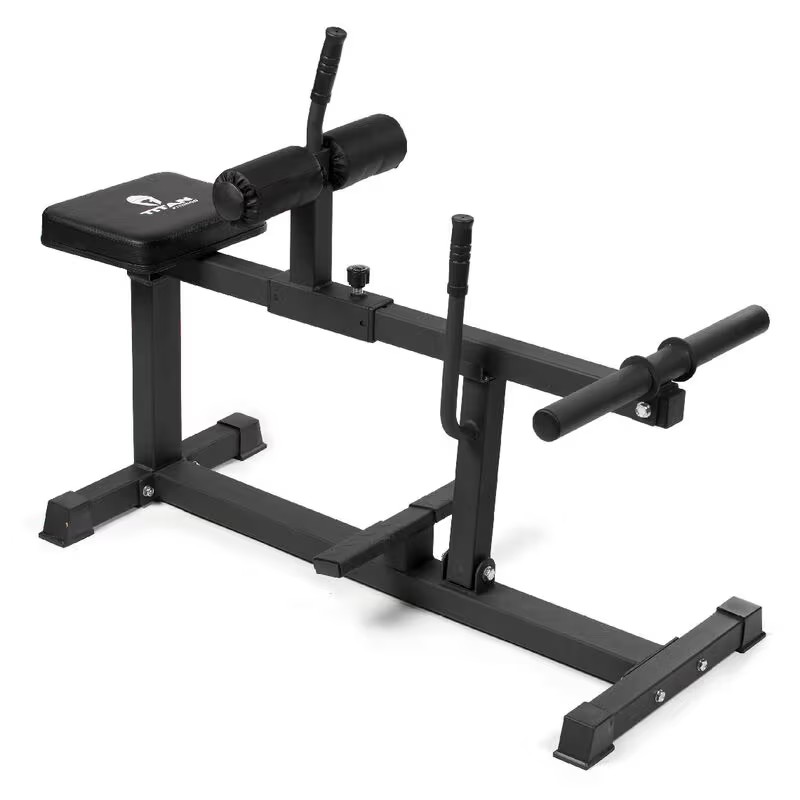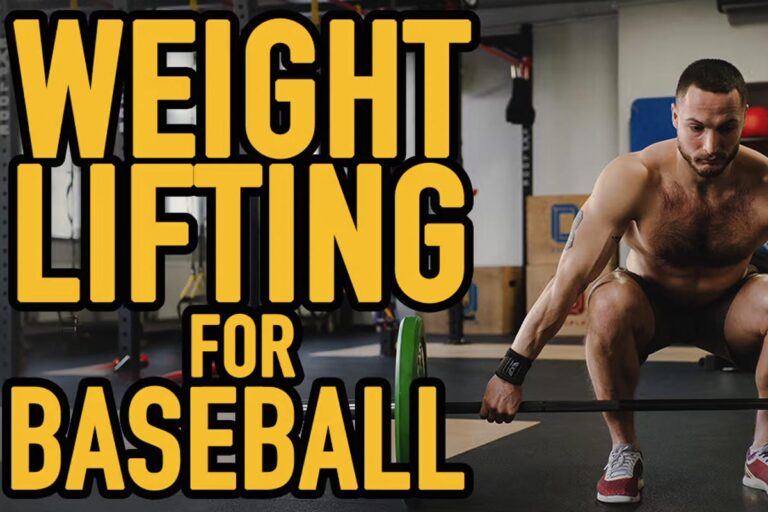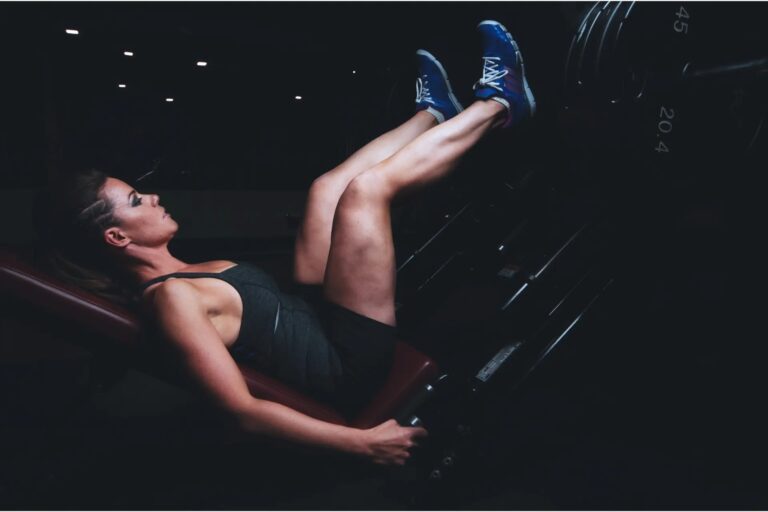Seated Calf Raise Alternatives: Top 4 Exercises
Are you tired of the same old seated calf raise workout? This article covers various alternatives to the traditional seated calf raise exercise. Switching up your workouts can keep your muscles engaged and challenged. Discover new ways to train your calves and overcome plateaus with these seated calf raise alternatives.
Seated calf raise alternatives include standing calf raises, donkey calf raises, and leg press calf raises. These exercises target the same muscle groups as the seated calf raise but offer a different range of motion and challenge.
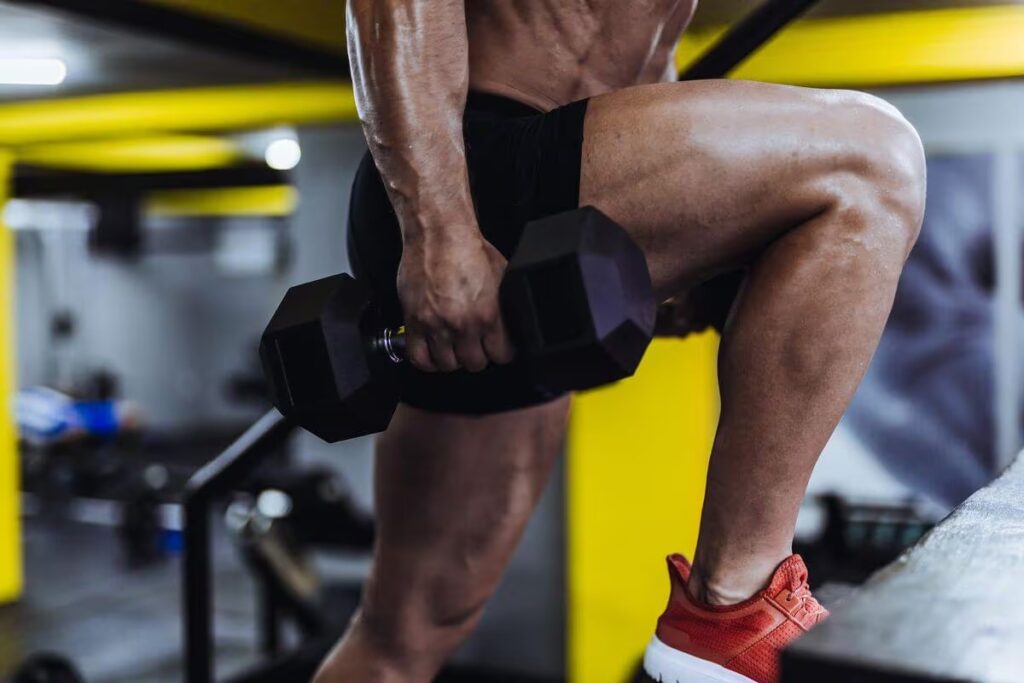
What Is a Seated Calf Raise Workout?
A seated calf raise is an exercise that targets the calf muscles. It is performed on a seated calf raise machine and involves raising your heels off the ground while keeping your toes on the footplate. This exercise is effective for building strength in the calf muscles and can be performed as part of a lower body workout routine.
4 Seated Calf Raise Alternatives
There are several alternatives to the seated calf raise exercise that can be performed with or without equipment. These exercises target the same muscle groups as the seated calf raise but offer a different range of motion and challenge. Some of these alternatives include:
1. Standing Calf Raises
Standing calf raises can be performed with or without weights. To perform this exercise, stand with your feet hip-width apart and slowly raise your heels off the ground until you are standing on your toes. Lower your heels back down to the ground and repeat. This exercise can be performed with dumbbells or a barbell for added resistance.
2. Donkey Calf Raises
Donkey calf raises can be performed with a partner or using a donkey calf raise machine. To perform this exercise, bend forward at the waist and place your hands on a bench or other sturdy surface. Have a partner sit on your lower back or use the machine to add resistance. Raise your heels off the ground until you are standing on your toes and then lower them back down. This exercise targets the calf muscles from a different angle than the seated or standing calf raise.
3. Leg Press Calf Raises
Leg press calf raises can be performed on a leg press machine. To perform this exercise, sit on the leg press machine with your feet on the footplate. Push the footplate away from you by extending your legs and then raise your heels off the footplate until you are standing on your toes. Lower your heels back down and repeat. This exercise allows you to use more weight than the standing or seated calf raise and can be effective for building strength in the calf muscles.
Aside from walking, you can also wear a weighted vest when doing bodyweight exercises such as dips, squats, pull-ups, push-ups, and even burpees. This allows muscle groups to work harder, making it possible to stimulate hypertrophy depending on how many reps you cover and how heavy your weighted vest is.
In a study, it was discovered that having developed muscles can do wonders in preventing injuries in the articular cartilage.
4. Seated Calf Raise Without Machine
This exercise closely resembles the seated calf raise performed on the machine, but instead of relying on the machine’s weight, you can utilize various alternatives such as dumbbells, a barbell, kettlebell, or weight plates. Select the appropriate weight and find a bench to sit on. Position a couple of weight plates in front of the bench and rest your feet on top of them, with the selected weight on your knees.
Once you’re ready, raise your heels off the ground, contracting your calf muscles. This exercise serves as an excellent substitute when calf raise machines are unavailable or occupied by other gym-goers. It allows you to effectively target and engage your calf muscles without the need for dedicated equipment.
3 Mistakes to Avoid While Calf Training
When training your calves, it’s important to avoid common mistakes that can hinder your progress or cause injury. Some common mistakes to avoid include:
1. Not Using A Full Range Of Motion
Make sure to use a full range of motion when performing calf exercises. This means raising your heels as high as possible and lowering them as far as possible. Using a full range of motion ensures that you are fully engaging the calf muscles and getting the most out of your workouts.
2. Not Varying Your Workouts
It’s important to vary your calf workouts to keep your muscles challenged and engaged. Try different exercises and vary the number of reps and sets to keep your workouts diverse. Incorporating different exercises into your routine can help prevent boredom and plateaus.
3. Not Stretching
Make sure to stretch your calf muscles before and after your workouts to prevent injury and improve flexibility. Tight calf muscles can lead to a variety of issues, including plantar fasciitis and Achilles tendonitis. Stretching can help prevent these issues and improve your overall performance.
How to Use a Seated Calf Raise Machine?
To use a seated calf raise machine, sit on the machine with your feet on the footplate and your knees bent at a 90-degree angle. Place your shoulders under the pads and adjust the machine so that the pads are resting comfortably on your shoulders.
Push down on the footplate by raising your heels until you are standing on your toes. Lower your heels back down to the starting position and repeat. Make sure to use a full range of motion when performing this exercise and adjust the weight as needed.
The Seated Calf Raise Machine From Titan Fitness We Recommend
The Seated Calf Raise Machine is an excellent addition to any workout routine, offering both compactness and a weight of just 60 lb. Despite its lightweight design, it can support a maximum weight of 550 lb. With four adjustable height and length thigh pad settings, this machine can accommodate athletes of different sizes.
By positioning your toes on the edge of the diamond-plated platform and adjusting the roller pads on your thighs, you can effectively target your calf muscles for growth. This exercise can be beneficial in treating and preventing shin splints by strengthening the calves and aiding in Achilles rehab.
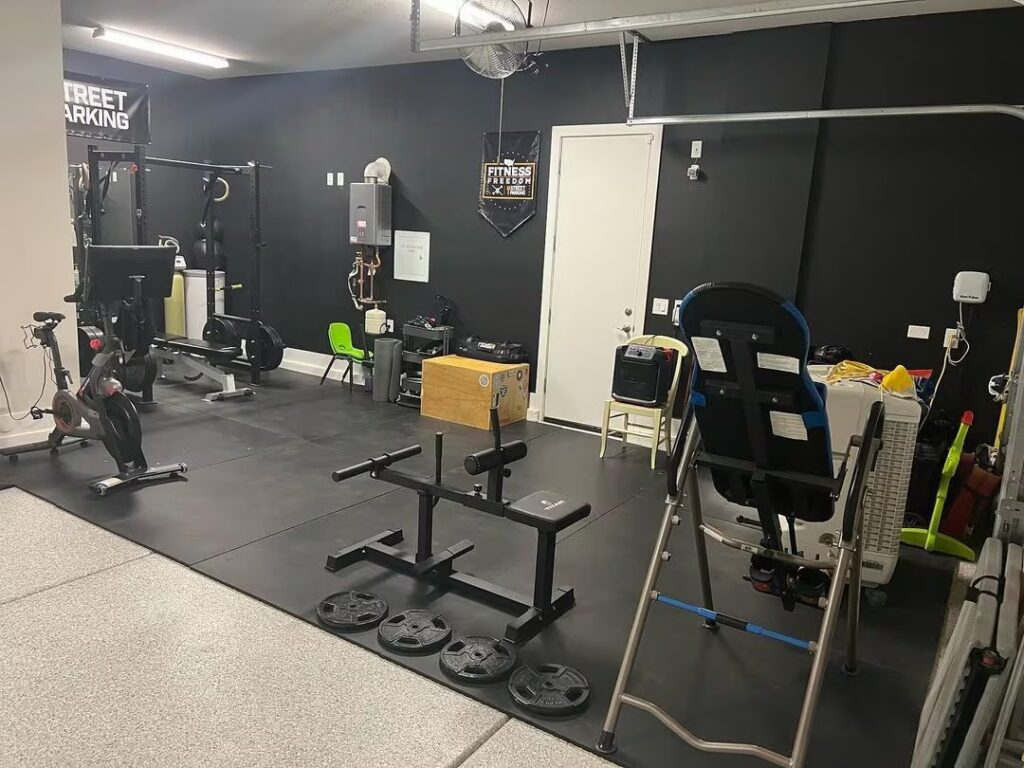
Before you can begin using this machine and training your calves, it will take an average of 30-45 minutes to assemble it following the detailed instructions provided. The Seated Calf Raise Machine features various components, including adjustable knee support with thick roller pads, diamond-plated steel footplates, a comfortable padded seat cushion, a vertical handgrip, and dual-weight post sleeves.
Not only does this machine offer great functionality, but it is also budget-friendly. Don’t miss the opportunity to enhance your lower body strength, power, and agility with the Seated Calf Raise Machine.
FAQ
Do Calf Raises Matter?
Yes, calf raises are an important exercise for building strength and muscle in the calf muscles.
What Can You Do Instead of Seated Calf Raises?
Instead of seated calf raises, you can try standing calf raises, donkey calf raises, or leg press calf raises.
Are Calves the Hardest Muscle to Train?
Calves can be a challenging muscle group to train because they are used frequently in daily activities such as walking and running. However, with consistent training and a variety of exercises, it is possible to effectively train the calf muscles.
Conclusion
In conclusion, there’s no need to feel stuck in a rut with your calf workouts. With so many exciting alternatives to the traditional seated calf raise, you can keep your muscles engaged and challenged in new ways. From standing calf raises to donkey calf raises and leg press calf raises, there are plenty of options to choose from. So why not mix things up and try something new? Your calves will thank you for it!
Also read:
- Best Ghd Machine
- Ghd Machine Exercises
- Best Belt Squat Machine
- Best Ab Machine for Home
- Belt Squat
- Roman Chair Exercises
- Seated Calf Raises at Home
- Sandbag Workout
- Best Home Gym Flooring
References:
- Achilles tendon rupture – aftercare // Medlineplus: https://medlineplus.gov/ency /patientinstructions/ 000546.htm
- Posterior calf injury // NBCI: https://pubmed.ncbi.nlm.nih.gov /19857847/
- The influence of strength, flexibility, and simultaneous training on flexibility and strength gains // NBCI: https://pubmed.ncbi.nlm.nih.gov/ 21386731/
- The Positive Effects of Running on Mental Health // NBCI: https://pubmed.ncbi.nlm.nih.gov/ 32970641/
Why Trust Us?
With over 20 years in Olympic Weightlifting, our team does its best to provide the audience with ultimate support and meet the needs and requirements of advanced athletes and professional lifters, as well as people who strive to open new opportunities and develop their physical capabilities with us.
By trusting the recommendations of our certified experts in coaching, nutrition, dietology, and sports training programming, as well as scientific consultants, and physiotherapists, we provide you with thorough, well-considered, and scientifically proven content. All the information given in the articles concerning workout programming, separate exercises, and athletic performance, in general, is based on verified data. We ensure that you can rely on our professionals’ pieces of advice and recommendations that can be treated as personalized ones which will benefit you and fully meet your needs.
The product testing process is described in more detail here
Author: Ihor Shymechko
Pro Olympic Weightlifter, Coach
Best Results: Snatch – 208 kg,
C&J – 240 kg
Ihor has been a professional weightlifter since 1996, boasting over two decades of competition experience. His notable achievements include clinching the European Championship in 2009 and securing a silver medal in the 105kg division at the Senior World Championships in 2011. Ihor represented his country in the 2008, 2012, and 2016 Summer Olympics. After retiring from competitive weightlifting, he transitioned to coaching, leveraging his vast experience to guide athletes who now compete on both national and international stages.

